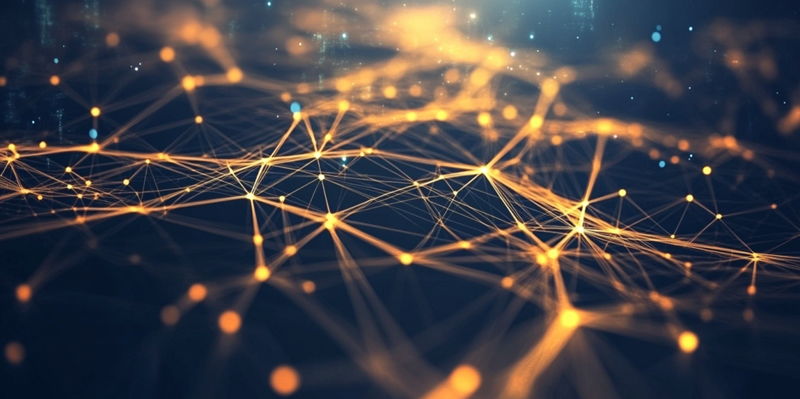Linera has recently launched its blockchain testnet, introducing the revolutionary concept of microchains to enhance scalability and performance in the blockchain ecosystem. With this innovation, Linera aims to tackle the persistent trade-offs between decentralization, speed, and security that many blockchain platforms grapple with today. Traditional blockchains often face challenges such as slow transaction processing and high fees due to scalability issues. Many resort to centralized components to maintain performance, which in effect undermines the principle of true decentralization.
The Concept of Microchains
Enhancing Scalability Through Microchains
Linera’s innovative approach employs microchains, which are small, parallel side chains designed to handle their own transactions in a manner similar to lanes on a multi-lane highway. This analogy helps visualize the efficiency the microchains bring by enabling smooth, congestion-free transactions. This novel design makes it particularly suitable for the high-speed demands of Web3 applications like gaming, AI, and financial transactions. The potential of microchains was highlighted in the recent testnet launch, demonstrating how they maintain security despite being lightweight.
Each microchain shares a single set of validators to ensure maximum security, which is crucial for large-scale operations. This shared model allows for efficient cross-chain communication, enhancing the overall scalability of the ecosystem. The independent operation of each microchain means that issues in one chain do not necessarily impact the others, thus promoting robust performance and reliability. As more users and applications join the network, the benefits of microchains in reducing congestion and enhancing transaction speeds become increasingly evident.
Addressing Traditional Blockchain Challenges
Traditional blockchain platforms often struggle with various issues associated with scalability and performance. These issues include slow transaction processing times and exorbitant fees, which can be a significant drawback for both users and developers. Linera’s microchain architecture directly addresses these challenges by dividing transaction loads across multiple smaller chains. This results in a significant reduction in processing time and transaction costs.
Furthermore, the decentralized nature of microchains ensures that Linera does not compromise on the core principles of blockchain technology. Unlike other platforms that may rely on centralized components to achieve higher performance, Linera retains a strong commitment to decentralization. This commitment is crucial in maintaining the trust and integrity that users expect from blockchain systems. The testnet’s success in demonstrating these features positions Linera as a frontrunner in the next phase of blockchain innovation.
Future Developments and Strategic Initiatives
Launch of Web Wallet and Token Faucet
The future development plans for Linera include the launch of a web wallet browser extension and a network token faucet. These tools are designed to facilitate user engagement with the Linera ecosystem, making it easier for users to interact with the platform. The web wallet will provide a user-friendly interface for managing digital assets, while the token faucet will enable users to acquire tokens necessary for transactions and other activities within the network. These initiatives will play a pivotal role in expanding Linera’s user base and driving the adoption of Web3 applications.
Additionally, Linera has made significant strides in integrating Zero-Knowledge (ZK) proof technology through its collaboration with Argument.xyz and the incorporation of Lurk zkVM. This integration is a critical advancement as it enhances security and privacy for developers working on advanced ZK applications. Moreover, it improves interoperability with other blockchains, making Linera a more versatile and secure platform for developers and users alike. The combination of these features ensures that Linera remains at the cutting edge of blockchain technology.
Strategic Partnerships and Ecosystem Growth
Linera has recently introduced its blockchain testnet, which brings forth the groundbreaking concept of microchains. This innovation is set to significantly enhance scalability and performance within the blockchain ecosystem. Linera’s approach aims to address the long-standing trade-offs that many blockchain platforms face today, particularly between decentralization, speed, and security. Conventional blockchains often struggle with slow transaction processing times and high fees, largely due to scalability issues. Furthermore, to maintain performance, many blockchains opt for centralized components, which inherently compromises the essence of true decentralization.
The introduction of microchains by Linera is poised to change this landscape by allowing for more efficient transaction processing without compromising on security or decentralization. Microchains can potentially handle a higher volume of transactions at a faster rate, thereby reducing fees and increasing overall system efficiency. This breakthrough has the potential to push the blockchain industry forward, overcoming the significant hurdles that have hindered its wider adoption and performance.

